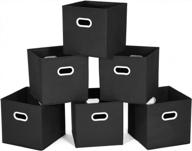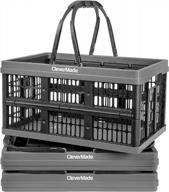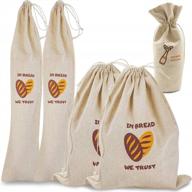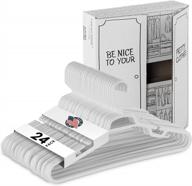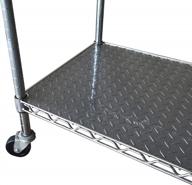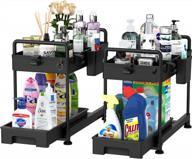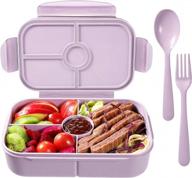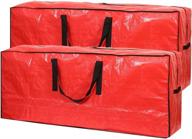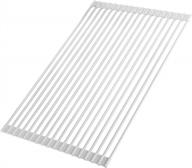Another interesting products
Keep Your Office Tidy and Organized
A clean and organized office environment can make a big difference in your productivity and focus at work. Cluttered desktops and messy filing systems lead to wasted time searching for important items and unnecessary stress. By implementing some simple organization techniques and daily tidying habits, you can maintain a tidy workspace that supports efficiency.
Similar products
Desk Organization Tips
Your desk is the center of your office space. Keep it organized with these tips:
- Use desk organizers and trays to corral small items like pens, clips, and sticky notes.
- Store frequently used supplies in desktop caddies for easy access.
- Declutter your workspace by removing non-essential items and paper.
- Minimize clutter by storing excess supplies in drawers and cabinets.
- Clear off paperwork and projects that are not current.
- Position your computer monitor, keyboard, and mouse conveniently to maximize work area.
File Cabinet Ideas
An organized filing system makes finding paperwork quick and easy. Try these tips:
- Use hanging folders, dividend folders, and labels to sort files.
- Purge unnecessary paperwork and shred what you don't need.
- Separate current project files from non-active folders.
- Store archived files in storage boxes in a separate area.
- Keep frequently accessed files toward the front.
- Maintain alphabetical or numerical order for simplicity.
Bookshelf Organization
Bookcases with wires, stacks of paper, and clutter defeat their purpose. Apply these strategies:
- Organize books, binders, and manuals neatly by topic or category.
- Add bookends to keep items upright and in place.
- Label shelves for easy identification and filing.
- Dust shelves regularly to maintain tidiness.
- Purge unused books and publications periodically.
- Arrange decorative accents neatly around books.
Office Supply Storage
Maximize vertical space by storing extra supplies off your desk. Ideas include:
- Mount wall racks or pegboards to hold common tools.
- Use wall-mounted shelves or cabinets for shared office supplies.
- Store extra paper, envelopes, and notebooks in a cabinet or closet.
- Use decorative bins or baskets to hold small supplies.
- Keep a minimal amount of supplies on your desk.
- Replenish desk supplies easily from your storage area as needed.
Mail and Document Organization
Papers and mail can quickly accumulate and become disorganized. Maintain order with these tips:
- Sort mail over a recycling bin to immediately discard junk.
- Use wall files or desktop trays to sort mail.
- Designate a spot near your desk to store papers awaiting action.
- File action items in appropriate folders once completed.
- Shred or recycle documents promptly when no longer needed.
- Create a mail organization system that works for your workflow.
Clutter-Free Surfaces
Work surfaces like tables easily become dumping grounds for stuff. Keep them clear with these ideas:
- Do not use horizontal surfaces for storage - opt for wall space or cabinets instead.
- Limit decor items and accessories to maintain open space.
- Establish separate zones for different work activities.
- At the end of each day, file papers and put supplies away.
- Remove clutter from surfaces immediately as it appears.
- Create a calming space by keeping surfaces free of piles.
A clean office doesn't happen on its own - it requires making organization a habit. But with some effort spent on your workspace setup and daily tidying, you can maintain a tidy office that boosts your efficiency and productivity.
Desk Organization Tips
A clean, organized desk is the foundation for an efficient workspace. Applying some simple organization techniques can help you keep your desktop tidy and functional.
Top products in 🗄️ Office Storage & Organization
Use Trays and Accessories
Desktop trays, stands, and caddies keep small items sorted yet easily accessible while minimizing clutter. Consider using:
- Inbox/outbox trays for papers
- Pen/pencil holders
- Letter trays for sorting mail
- Sticky note dispensers
- Business card holders
Store Supplies in Drawers
Designate desk drawers for storage to keep your workspace clear. Recommendations:
- Top drawer for pens, tape, scissors, and other daily supplies
- Second drawer for notebooks, extra paper, envelopes
- Bottom drawer for overflow and lesser-used items
Minimize Desktop Clutter
Only keep essential, frequently used items on your desk. Tips to minimize clutter:
- File away paperwork and documents after use.
- Store reference materials in bookcases.
- Use wall space for calendars, notices, photos.
- Remove personal and decorative items.
Manage Cords and Cables
Untamed cords look messy and get in the way. Solutions include:
- Use cord clips or channels to neatly route wires.
- Wrap excess cord lengths with velcro ties.
- Position surge protectors and power strips out of the way.
- Unplug devices when not in use.
Maximize Vertical Space
Use wall space and shelves to store items off your desktop. Options:
- Shelving above desk for supplies or decor
- Wall-mounted rack for often-used tools
- Bulletin board or whiteboard for reminders
Maintain with Daily Tidying
Clutter accumulates easily. Stay organized by:
- Putting supplies away at the end of each day.
- Setting aside 5-10 minutes for straightening.
- Removing unwanted paperwork regularly.
- Keeping desktop clear for tasks.
A little effort each day pays off in a clean, functional workspace that enables you to find what you need and work efficiently.
File Cabinet Ideas
An organized filing system makes finding paperwork a breeze. Apply these strategies to straighten up your file cabinets.
Use Color-Coded Folders
Color coding your files makes them easy to identify at a glance. Options include:
- Red - urgent projects
- Blue - accounts and billing
- Green - contracts and legal
- Yellow - invoices and receipts
Categorize with Dividers
Dividers keep files properly sorted within drawers. Suggested categories:
- Client names
- Project names
- Expense reports
- HR and payroll
Alphabetize Files
Arranging folders alphabetically makes locating any file easy. Tips:
- Sort by client's or project's first letter.
- Use dividers with alphabet labels.
- Keep alphabetical order consistent in all drawers.
Purge Obsolete Documents
Regularly weed out unneeded papers to maintain an organized system. Guidelines:
- Refer to document retention schedule to ID items to discard.
- Shred old documents containing sensitive information.
- Remove unused folder tabs and dividers.
Archive Old Files
Keep recent and active files handy while archiving older items. Recommendations:
- Transfer files over 2 years old to storage boxes.
- Label archive boxes by year and contents.
- Index archived files for easy lookup.
Designate "In" and "Out" Trays
Use trays to organize papers awaiting filing. Steps:
- In tray holds new papers to be filed.
- Out tray collects papers to mail or distribute.
- File tray contents promptly each day.
A regular filing routine will keep your cabinets neatly organized for maximum productivity.
Bookshelf Organization
Well-organized bookshelves not only look attractive, but also make your books easy to find and enjoy. Here are some tips for straightening up your home or office bookshelves.
Categorize by Topic or Genre
Group books about similar topics together for intuitive organization:
- Fiction books
- Cookbooks
- Gardening reference
- Business and finance
Use Bookends
Bookends keep your shelves neatly arranged and books upright. Strategies include:
- Heavy bookends forstability
- Matching sets for a coordinated look
- Bookends to anchor each section
Display Horizontally and Vertically
Use a mix of horizontal and vertical book stacking to add visual interest:
- Place large books flat
- Stack standard books vertically
- Stand a few books upright as accents
Dust Regularly
Dusting keeps shelves looking tidy and books clean. Tips:
- Dust shelves weekly if possible
- Use a soft cloth or duster
- Move knick-knacks aside to dust thoroughly
Weed Out Unused Books
Make space by removing books you no longer need. Consider:
- Donating or selling unwanted books
- Giving old textbooks to students
- Recycling books in poor condition
Add Decorative Touches
Complement your books with decorative accents. Ideas:
- Bookends that match your decor
- Vases or trays for visual interest
- Framed artwork relating to books
A little organization goes a long way to create a bookshelf you'll be proud to display.
Office Supply Storage
Proper storage of office supplies helps keep your workspace organized and makes items easy to find. Apply these tips to effectively organize and contain your desk supplies.
Wall-Mounted Racks and Shelves
Wall-mounted storage keeps supplies accessible yet off your desk. Ideas include:
- Wall-mounted wire racks for paper, mail, and files
- Floating shelves for notebooks, office tools, and other supplies
- Wall-mounted rail with hooks for frequently used items
Desktop Organizers and Trays
Desktop organizers neatly corral small office supplies. Recommendations:
- Inbox and outbox trays for sorting papers
- Pen and pencil holder
- Desk caddy for sticky notes, clips, and more
- Drawer organizers for storage inside desks
Cabinets and Closets
Use cabinets and closets to contain extra supplies off your desk. Ideas:
- Lateral filing cabinet for archived files
- Supply closet with shelving for paper, printer supplies, and more
- Locking cabinet for secure storage of confidential documents
Storage Bins and Baskets
Attractive bins keep supplies organized yet accessible on shelves. Options include:
- Wire baskets for mail and paperwork
- Acrylic literature holders for brochures and magazines
- Woven baskets for wrapping paper, office tools, and more
Label and Sign Storage Areas
Labels help identify where supplies are stored and make them easy to return. Tips:
- Use printed or handwritten labels on baskets, bins, shelves, and drawers
- Post signage on supply room and closet doors
- Use consistent naming conventions
Only Store Essentials in Your Desk
Prevent desktop clutter by limiting in-desk storage to necessities. Recommendations:
- Keep just daily use pens, paper, and supplies in your desk
- Replenish from your central supplies as needed
Thoughtful organization of your office supplies will help you work more efficiently.
Mail and Document Organization
For many offices, mail and paperwork can quickly get out of control. Applying organization strategies and making it part of your daily routine can keep documents neatly filed and mail managed.
Sort Mail Over a Recycling Bin
Standing over a recycling bin when you open mail allows you to immediately discard envelopes and junk mail, leaving only the important documents in your inbox.
Use a Desktop Sorter
An inbox organizer with designated trays helps keep mail sorted. For example:
- Inbox tray for new unsorted mail
- Action tray for items needing attention
- Outbox tray for items to mail out
Touch Paperwork Only Once
Process papers immediately rather than setting them aside. If it takes 2 minutes or less, do it right away. This prevents paper piles.
File Items After Use
After you’re done with a document, immediately file it in the appropriate folder or binder. Leaving papers strewn about your desk leads to clutter.
Label Folders Clearly
Use descriptive labels on folders and binders so anyone can re-file documents properly. For example:
- "Vendor Contracts 2023"
- "Expense Reports - Johnson"
Purge Files Regularly
Go through folders periodically and purge unnecessary paperwork. For example, discard old emails, memos, and documents over 1 year old if they're no longer needed.
Shred Sensitive Documents
Buy a small office shredder to dispose of documents containing sensitive customer, employee, or company data.
Scan and Digitalize When Possible
Reduce paper clutter by scanning documents and saving them to cloud storage. Then shred the physical copies.
Making organization and tidying up part of your daily work routine results in a document management system that improves efficiency and frees up space.
How Amazon Prime Benefits Regular Buyers of Office Storage & Organization
For those who frequently purchase items for organizing and storage around the office, an Amazon Prime membership can be extremely useful. Here are some of the key benefits Prime provides for regular buyers of office organization and storage products.
Free Two-Day Shipping
One of the biggest perks of Amazon Prime is free two-day shipping on millions of eligible items. For office buyers who are frequently re-ordering binders, shelves, desktop organizers, filing cabinets, and other organizational tools and supplies, the fast free shipping can be a huge time and money saver.
Rather than making one big expensive order, Prime members can place smaller orders more frequently and still receive their supplies quickly without paying for shipping. This allows offices to order supplies as needed, keeping their inventory lean.
Free Same-Day Delivery
For Prime members in certain areas, same-day delivery is available for some items. This is extremely convenient when you need something urgently - like file folders or binders for a big presentation the next day. Avoiding a last-minute run to an office supply store saves time and stress.
Prime Savings and Deals
Prime members get special exclusive discounts on certain items, allowing you to save money on office organizational supplies. There are also special Prime Day deals annually. So if you need to stock up on large quantities of organizational tools and accessories, Prime Day can offer big cost savings.
Streamlined Reordering
Prime makes re-ordering supplies you frequently use simple. You can save items in a List for easy re-order anytime. See order history and Prime purchases in one place, speeding up the process of stocking up on essentials again.
For any office that makes regular purchases of organizational and storage items, the time and cost savings of Prime definitely add up to make it worth the membership fee.
Office Organization IKEA
IKEA offers a variety of office organization solutions for both college students and those working from home. Here are some highlights from the search results:






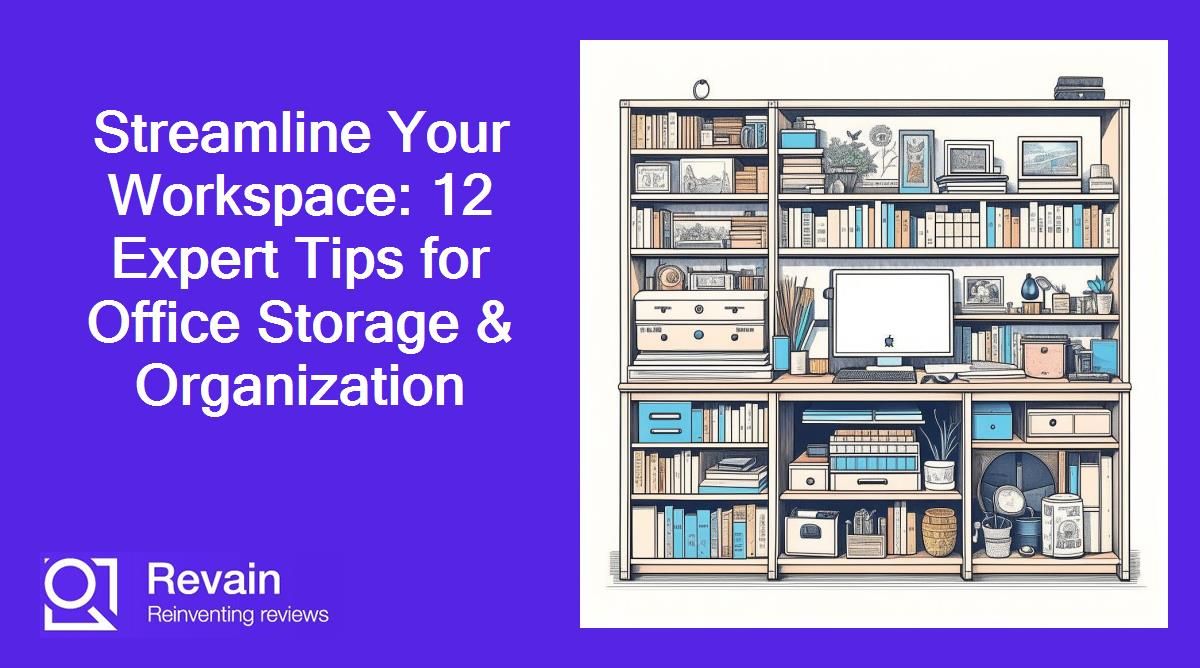
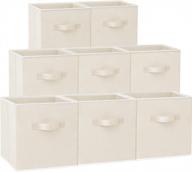

![terraking leaf bag xl - heavy duty material collection system for ride-on lawnmowers - fast & easy leaf collection with nylon bottom (fits 3-bag hood) [st95033] logo](https://images.revain.org/blob/rog5xubi_5b5cf8d428@128x128.jpg)
